Hampton Bay Halophane 5-Light Brushed Nickel Chandelier with Frosted Ribbed Glass Shades
Add a clean, polished look to your foyer, kitchen, or dining room. Uses five 60-Watt bulbs, sold separately. Adjustable hanging length of up to 48 in.
Bring a stylish, bright glow to your home with the Halophane 5-Light Brushed Nickel Chandelier from Commercial Electric. Brushed nickel arm detailing complements steel bands on the globes for a clean, sleek look, while frosted ribbed glass shades add eye-catching beauty. The fixture includes a standard 72 in. wire and 48 in. chain, making it perfect for entryways and cathedral-ceiling rooms.
- For energy savings, use with five 15-Watt max compact fluorescent bulbs (sold separately)
- Steel fixture with brushed-nickel finish for durable, elegant style
- Includes 48 in. chain for adjustable hanging length
- Hardware included for installation
- Uses five 60-Watt max bulbs or CFL equivalent (sold separately)
- 5 hand-blown glass shades in frosted white offer a light, striking contrast to the brushed nickel finish
- UL listed
- Pairs with other Halophane collection lights (sold separately) for a cohesive light theme
Additional information
| Chain Length (in.) | 48 |
|---|---|
| Fixture Depth (in.) | 23.38 |
| Fixture Height (in.) | 13.75 |
| Fixture Weight (lb.) | 8.49 |
| Fixture Width (in.) | 23.38 |
| Maximum Hanging Length (in.) | 63.8 |
| Mounting Deck Height (in.) | 1.08 |
| Mounting Deck Width (in.) | 4.88 |
| Manufacturer Warranty | 5 Years |

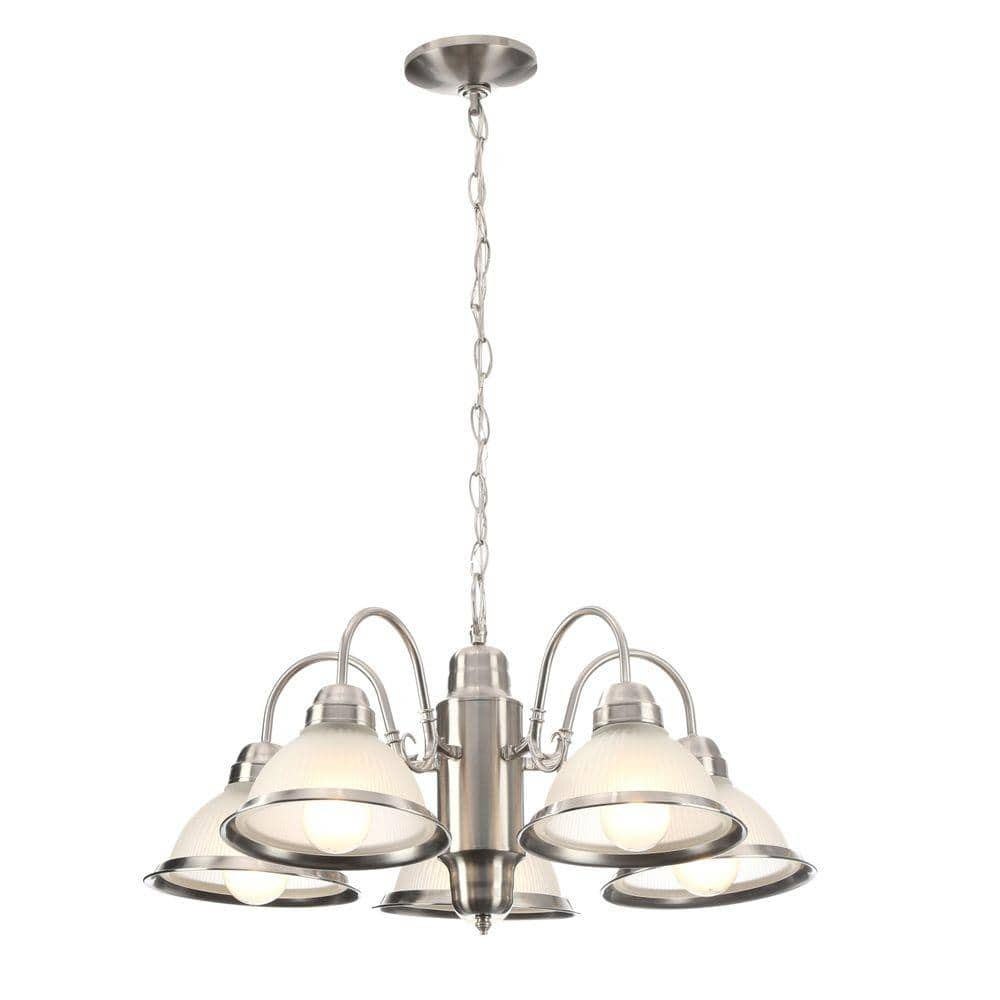
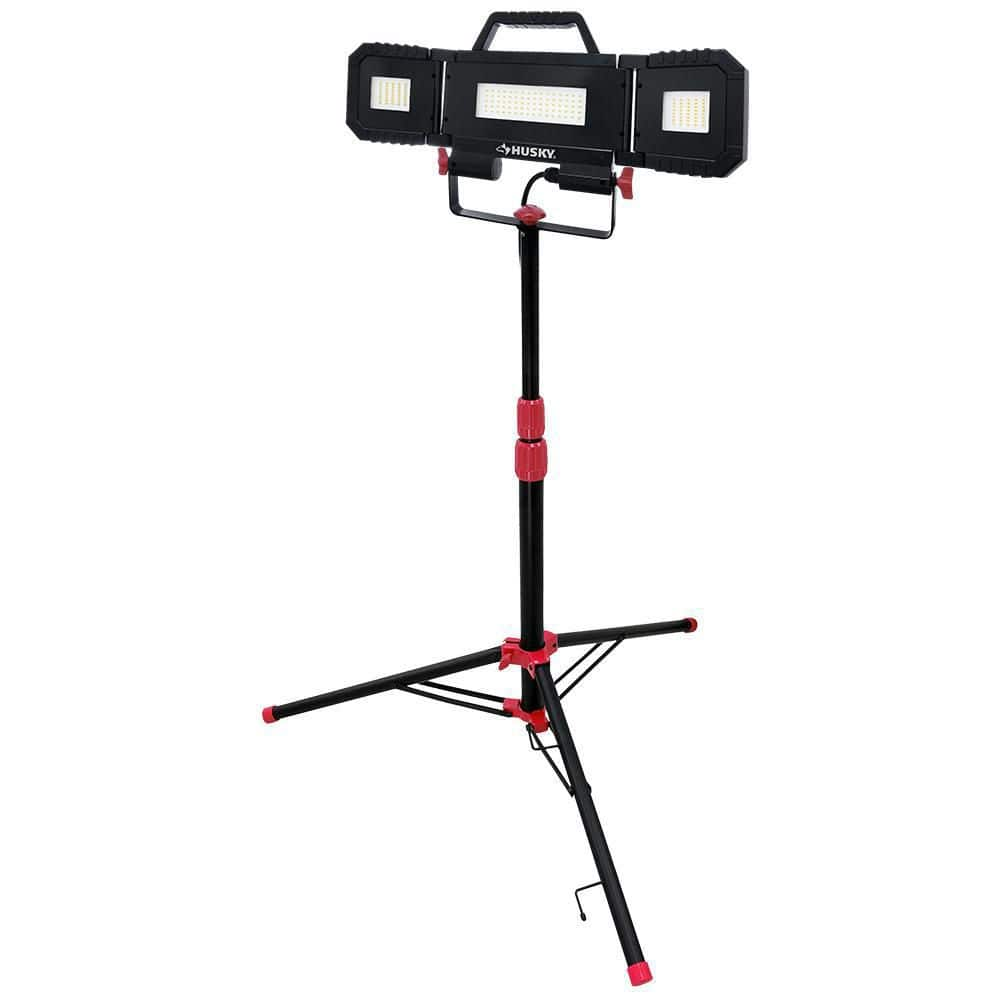
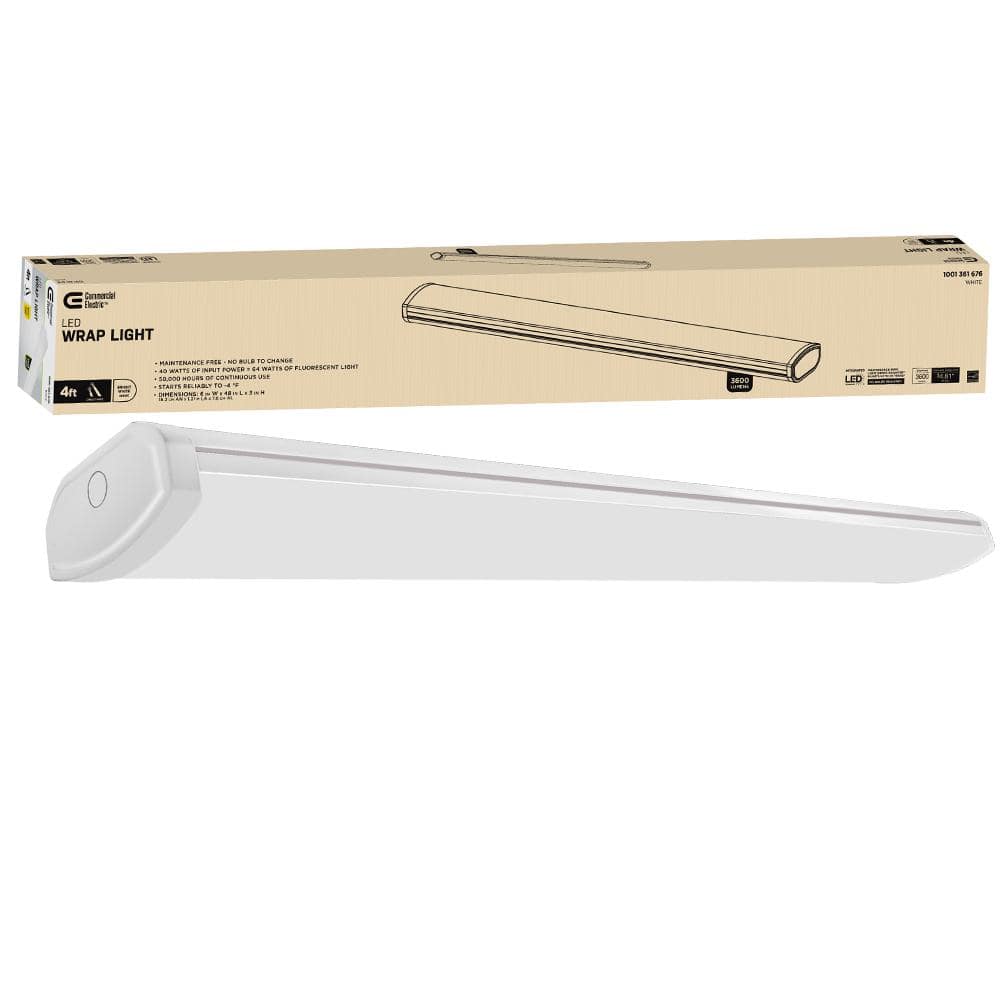
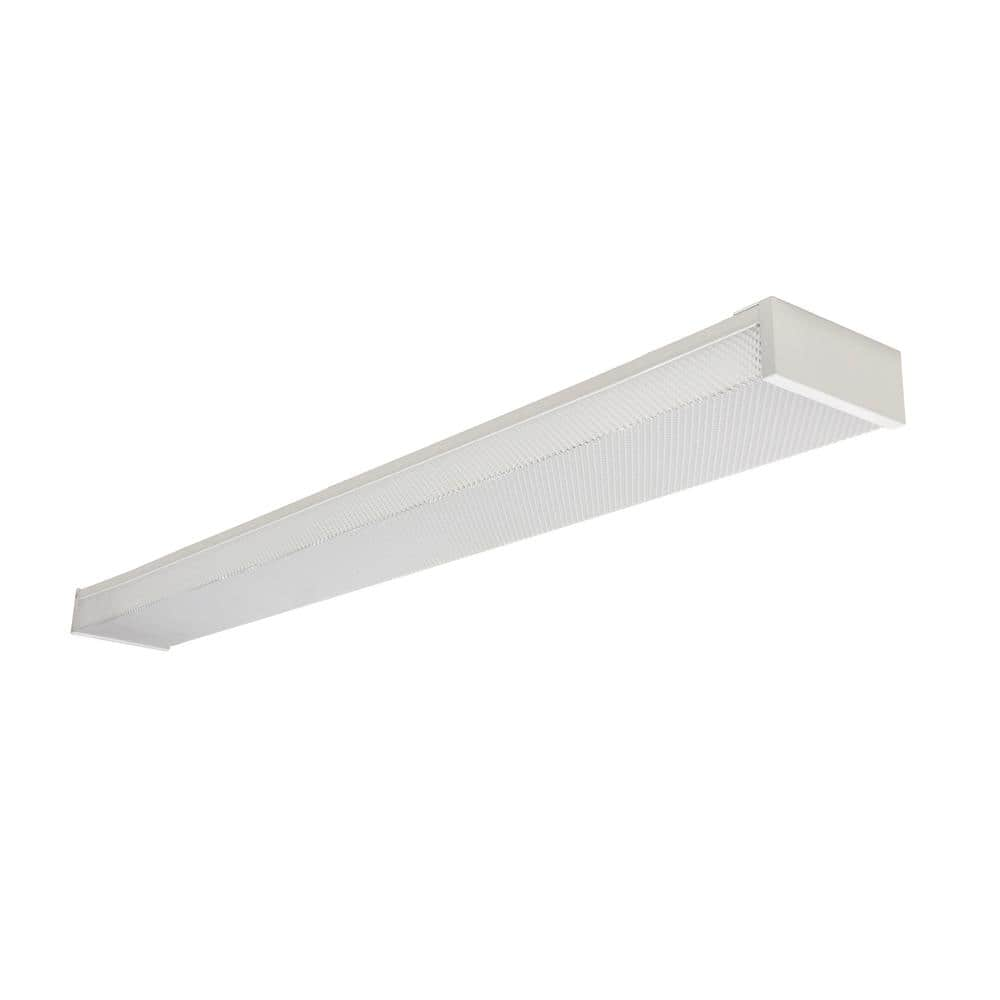
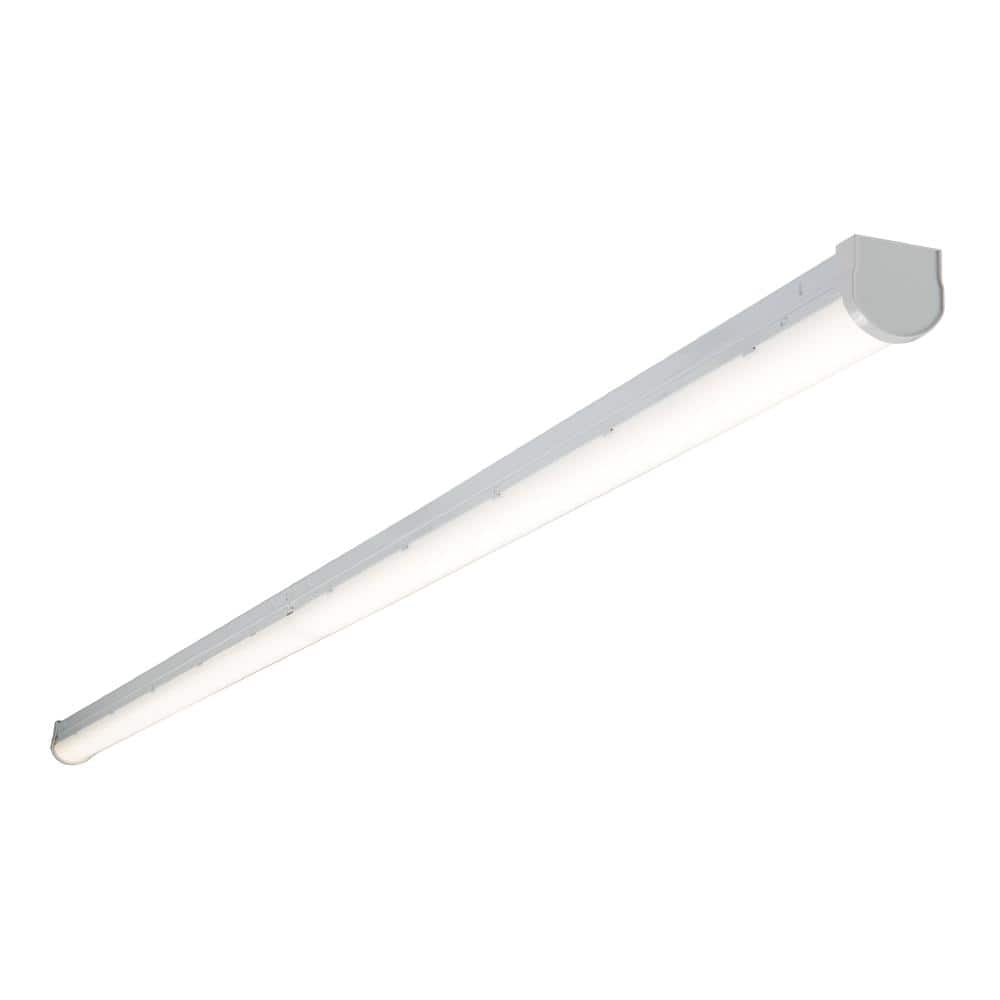
by Robert
I needed to replace the low-wattage fixture in my computer room. This fixture went well with the others in my home. I went from 2 bulbs to 5 bulbs. They face downward now. I’m thrilled to have so much light in this room. It was an easy install, if you think it through. They wanted you to put the glass pieces on and insert the light bulbs before doing the wired connections. That made no sense to me. I made the wire connections and then did the finishing touches. It was so much easier.
by Edye
Easy to install, hangs beautifully, great light source, blends with decor.
by Thomas
I haven’t put it up yet. I’m waiting for an electrician to hang it in my dining room. I’m very excited about it, I think it will be so nice in there!
by Freddy
The lighting is good I just wish the decorative rings around the glass shades attached not float freely.
by Zach
A nice simple light fixture that enhanced our kitchen.